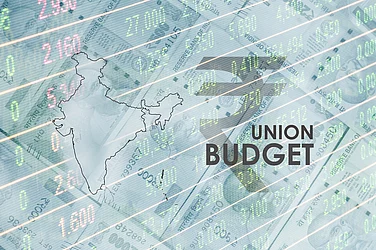The much-anticipated Goods and Services Tax (GST) Council and the 'one nation, one tax' is not how it has turned out to be-there will be four tax slabs, with the lowest rate at 5 per cent and the peak rate of 28 per cent. Then there will be several items that will attract cess-aerated drinks, tobacco products, luxury cars and pan masala.
There is respite for the common man as 50 per cent of items in the Consumer Price Index (CPI) basket, along with food grains, will not be impacted from the proposed GST. However, these will not be classified as exempt list as the GST council seems to have the view to reconsider taxing these items on a later date. It is for this reason that white goods that currently have an effective tax rate of 30-31 per cent will be in the lower tax slab, because of wide usage by the middle class.
The fallout of the GST has been estimated by the GST Council to cost the Central government Rs 50,000 crore in the first year to make good the losses of states. The Constitutional Amendment Bill for GST has provided for compensation of losses in the first five years of GST implementation. The unified tax rate will come into effect from April 1, 2017, once the government gets two pieces of legislation-Central GST (GCST) and Integrated GST (IGST)-passed in the winter session of parliament, which seems bleak going by the fallout in parliament over demonetisation.
Like the demonetisation, the impact of GST is also too early to emerge clearly. But, what is clear is that even the GST will have differential rates, which could be changed with time, making it much difficult to predict what lies ahead.
Advertisement
Peak Rate:28%,
Standard rates:12%
18%, Lowest rate:5%















 Just one email a week
Just one email a week